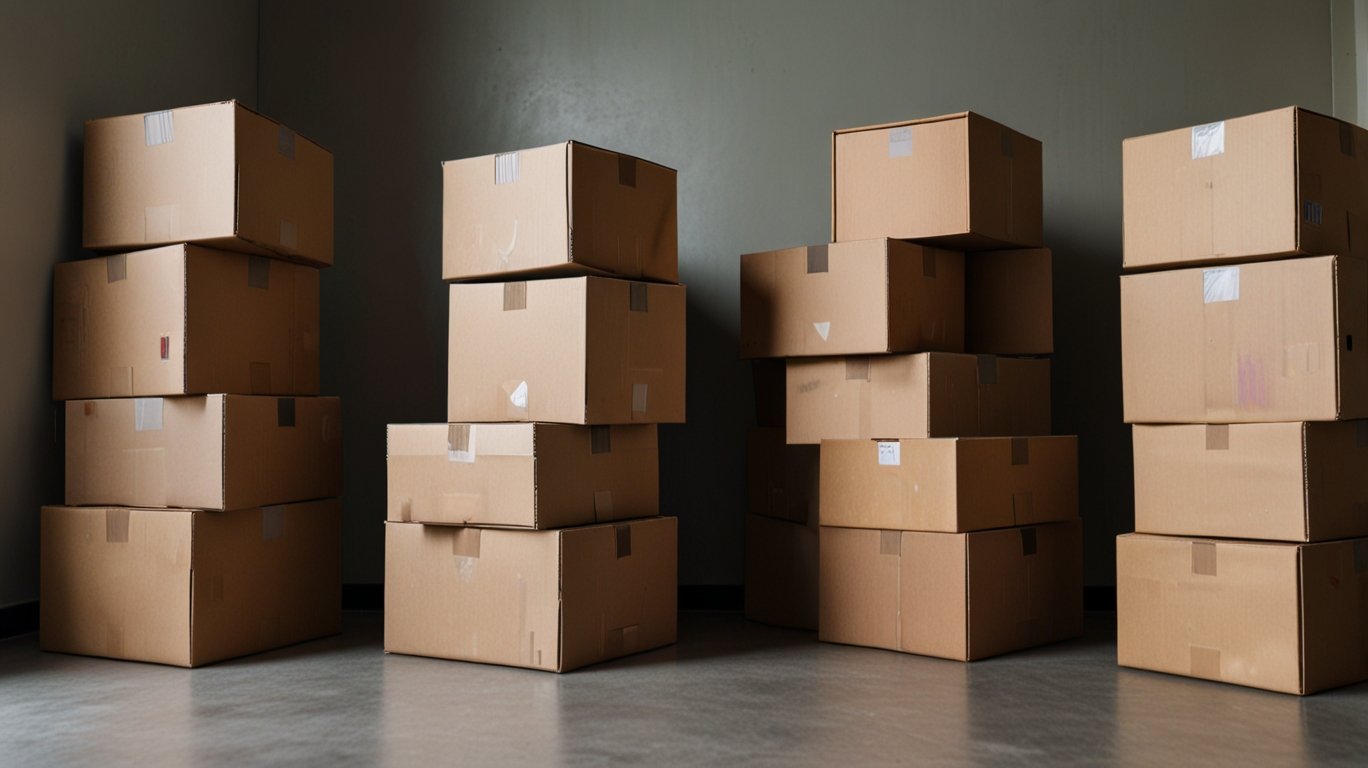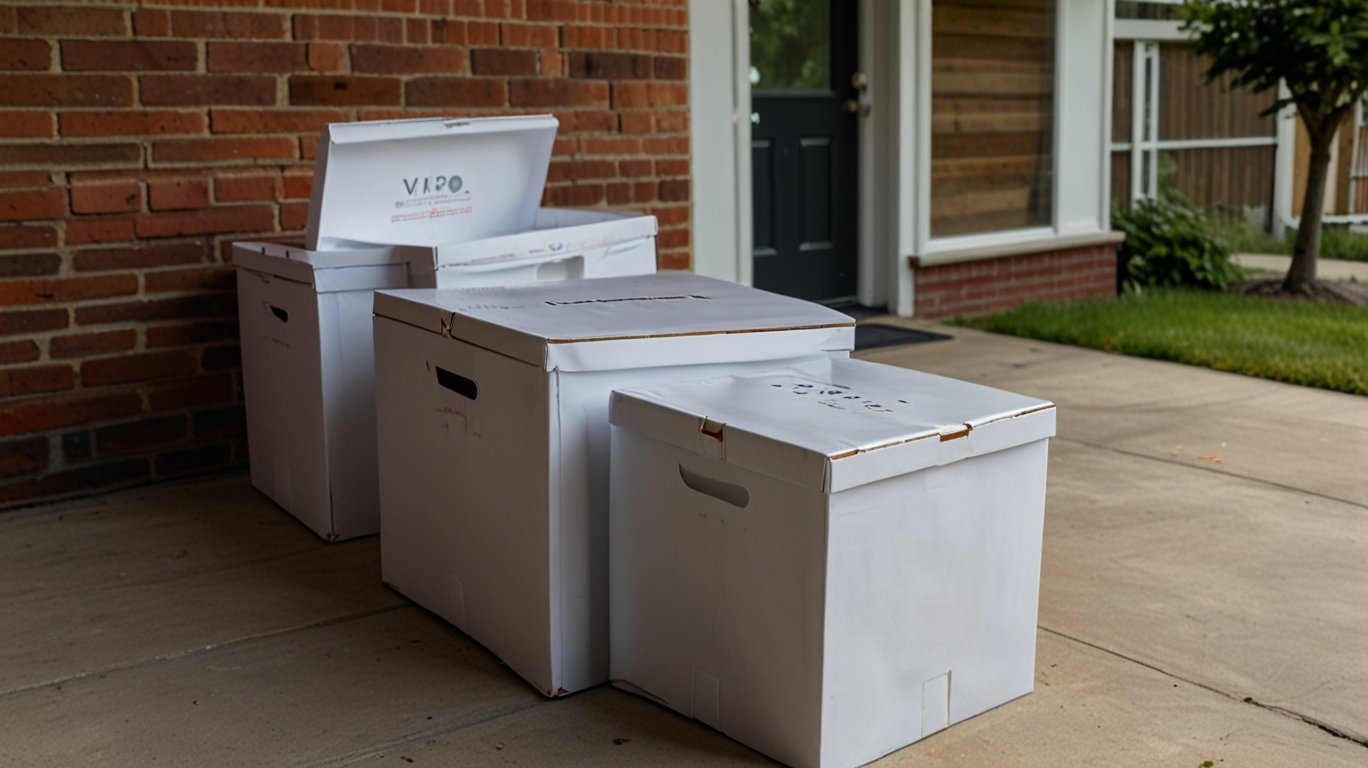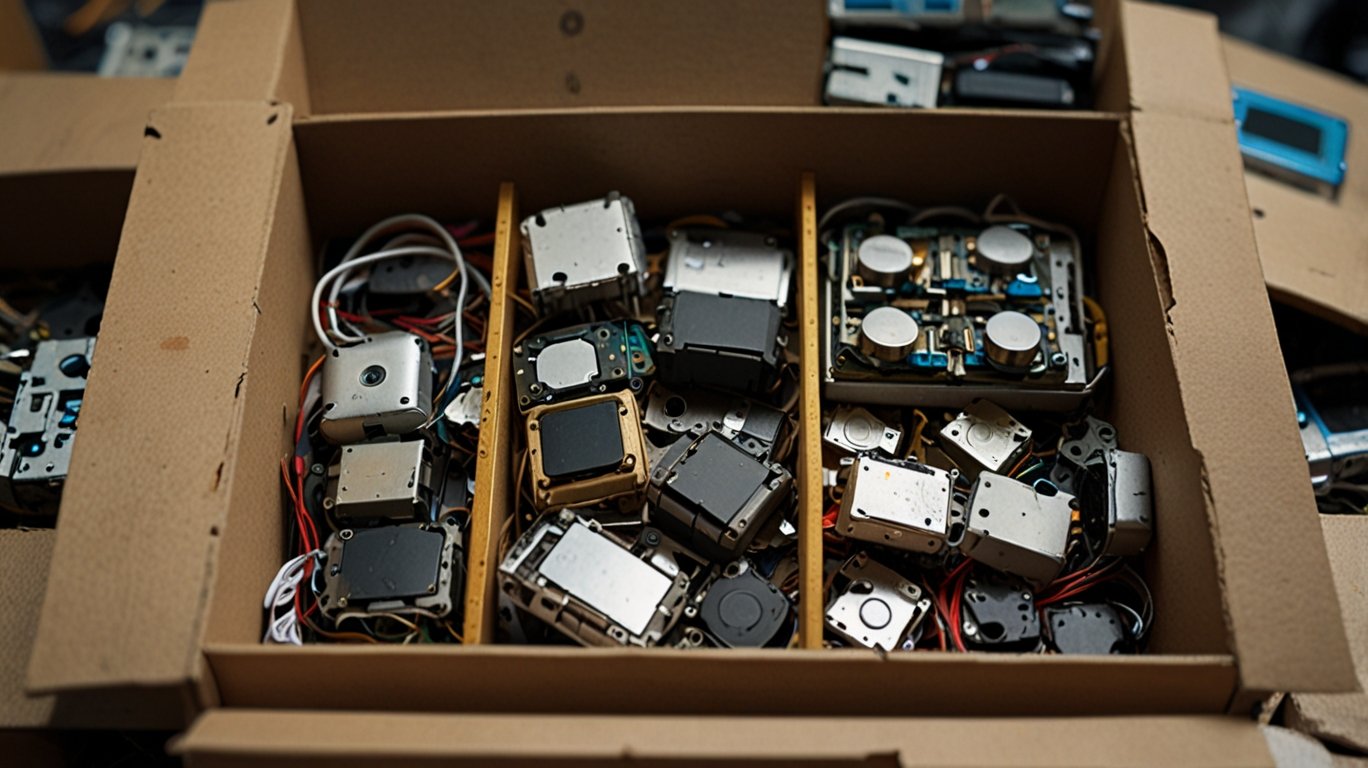Have you ever stood in your cluttered room, feeling overwhelmed by the sheer amount of stuff surrounding you? You’re not alone. Many of us struggle with the emotional weight of our belongings, unsure of what to keep, donate, or toss. That’s where the decision boxes method comes in – a game-changing approach that takes the guesswork out of organizing and helps you create a home that truly serves your life.

What Is the Decision Boxes Method?
The decision boxes method is a systematic approach to decluttering that removes the emotional stress from sorting through your belongings. Instead of making instant keep-or-toss decisions, you sort items into clearly labeled boxes that give you time and space to make thoughtful choices.
This method works because it acknowledges a simple truth: not every decision needs to be made immediately. Sometimes, we need time to sit with our choices and understand what truly adds value to our lives.
The Four Essential Decision Boxes You Need
Keep Box: Your Daily Essentials
This box is for items you use regularly and know you want to keep. Think about your favorite coffee mug, essential work supplies, or that cozy sweater you reach for every week. If you haven’t used something in the past year, it probably doesn’t belong in this box.
Pro tip: Be honest about what you actually use versus what you think you should use. That expensive kitchen gadget gathering dust? It might not belong in the keep box.
Donate Box: Spreading Joy to Others
Items in good condition that no longer serve you can bring happiness to someone else. This includes clothes that no longer fit, books you’ve read, or home decor that doesn’t match your current style.
Remember: Donating isn’t just about clearing space – it’s about giving your belongings a second life where they’ll be appreciated.

Trash Box: Letting Go of the Broken
This box is for items that are damaged, expired, or beyond repair. Old electronics that don’t work, expired medications, or clothes with irreparable stains belong here.
Important note: Consider eco-friendly disposal options for electronics and hazardous materials. Many communities have special recycling programs for these items.
Maybe Box: The Game-Changer
This is where the magic happens. The maybe box is for items you’re unsure about – things that might be useful someday or hold sentimental value but aren’t essential to your daily life.
Here’s the key: seal this box, write today’s date on it, and store it away. If you don’t open it within six months to a year, you can confidently donate or discard the contents without even looking inside.
Step-by-Step Guide to Using Decision Boxes
Step 1: Gather Your Supplies
You’ll need four sturdy boxes or containers, labels, and a marker. Make sure your boxes are large enough to hold a good amount of items but not so big that they become unwieldy when full.
Step 2: Choose Your Starting Point
Don’t try to tackle your entire house at once. Start with one small area – perhaps a single drawer, closet shelf, or corner of a room. Success in small areas will motivate you to continue.
Step 3: Set a Timer
Give yourself 30-60 minutes for your first session. This prevents burnout and helps you stay focused. You can always do another session later.
Step 4: Sort Without Overthinking
Pick up each item and make a quick decision about which box it belongs in. Don’t spend more than 30 seconds on any single item during this initial sort.
Step 5: Process Your Decisions
Once you’ve sorted through your chosen area, take action on the boxes you can handle immediately. Put away items from the keep box, schedule a donation drop-off, and dispose of trash responsibly.
Why This Method Works Better Than Traditional Decluttering
Reduces Decision Fatigue
Making hundreds of keep-or-toss decisions in one session is mentally exhausting. The decision boxes method spreads these choices over time, making the process more manageable.
Eliminates Emotional Overwhelm
By creating a “maybe” category, you’re not forced to make difficult emotional decisions about sentimental items in the moment. This reduces stress and helps you think more clearly.
Creates Accountability
That sealed maybe box with a date creates a natural deadline for your decisions. It’s like having a gentle accountability partner in your organizing journey.
Builds Confidence
As you see your keep, donate, and trash boxes fill up, you’ll feel accomplished and motivated to continue. Small wins lead to bigger transformations.
Advanced Tips for Decision Box Success
Color-Code Your Boxes
Use different colored boxes or labels for each category. This visual system makes sorting faster and helps family members understand the system if they’re helping.
Create Category-Specific Boxes
For larger projects, consider creating specialized boxes like “seasonal items,” “items to repair,” or “items to sell.” This adds another layer of organization to your process.
Set Up a Donation Schedule
Don’t let your donate box sit around indefinitely. Schedule regular drop-offs at your local charity, or research pickup services in your area.
Document Your Progress
Take before and after photos of the spaces you organize. This visual record will motivate you during challenging moments and help you see how far you’ve come.
Common Mistakes to Avoid
The “Someday” Trap
Don’t let your maybe box become a permanent storage solution. Set that date and stick to it. If you haven’t needed something in six months to a year, you probably won’t miss it.
Over-Categorizing
Keep it simple with the four basic boxes. Creating too many categories can make the process overwhelming and defeat the purpose of simplifying your decisions.
Perfectionism Paralysis
Remember, this is about progress, not perfection. Some items might end up in the “wrong” box initially, and that’s okay. The goal is to start moving forward.
Ignoring the Maintenance Phase
Once you’ve organized a space, create simple systems to maintain it. A few minutes of daily tidying will prevent the need for major reorganization sessions.
Making It a Family Activity
Assign Age-Appropriate Tasks
Younger children can help sort obvious items like broken toys or outgrown clothes. Older kids can manage their own decision boxes with guidance.
Create Family Rules
Establish guidelines about what goes in each box. For example, “If it’s broken and can’t be fixed in one week, it goes in the trash box.”
Celebrate Progress Together
Make organizing a positive experience by celebrating small wins. Maybe treat the family to ice cream after completing a room, or let everyone choose a fun activity once you’ve finished a major area.
The Long-Term Benefits You’ll Experience
Clearer Mental Space
When your physical environment is organized, your mind often follows. You’ll find it easier to focus and feel less stressed in your daily life.
More Intentional Living
The decision boxes method teaches you to be more thoughtful about what you bring into your home. You’ll naturally become more selective about new purchases.
Improved Relationships
A organized home creates a more peaceful environment for everyone. Family members will spend less time looking for things and more time enjoying each other’s company.
Financial Benefits
You’ll rediscover items you forgot you owned, reducing unnecessary purchases. Plus, you might find valuable items to sell rather than discard.

Starting Your Decision Box Journey Today
The beauty of the decision boxes method is its simplicity. You don’t need special training, expensive organizers, or a complete lifestyle overhaul. You just need four boxes and the commitment to start.
Choose one small area in your home right now – maybe that junk drawer in the kitchen or the pile of papers on your desk. Gather your boxes, set a timer, and begin. Remember, you’re not just organizing your stuff; you’re creating space for the life you want to live.
Your future self will thank you for taking this first step toward a more organized, purposeful home. The decision boxes method isn’t just about decluttering – it’s about creating a space that supports your dreams and makes everyday life a little bit easier.
Are you ready to transform your relationship with your belongings? Your journey to a more organized, intentional home starts with just one box.
